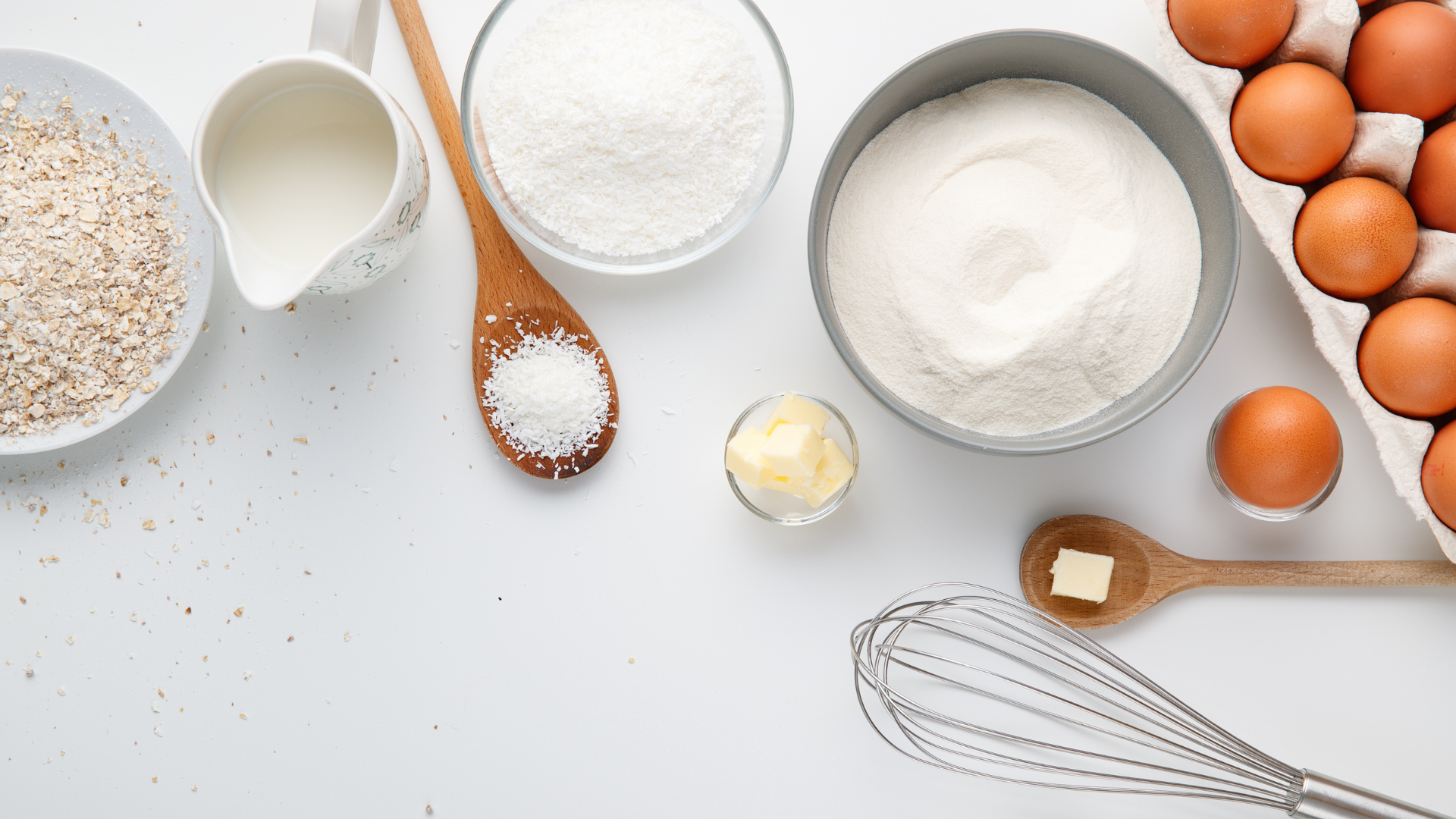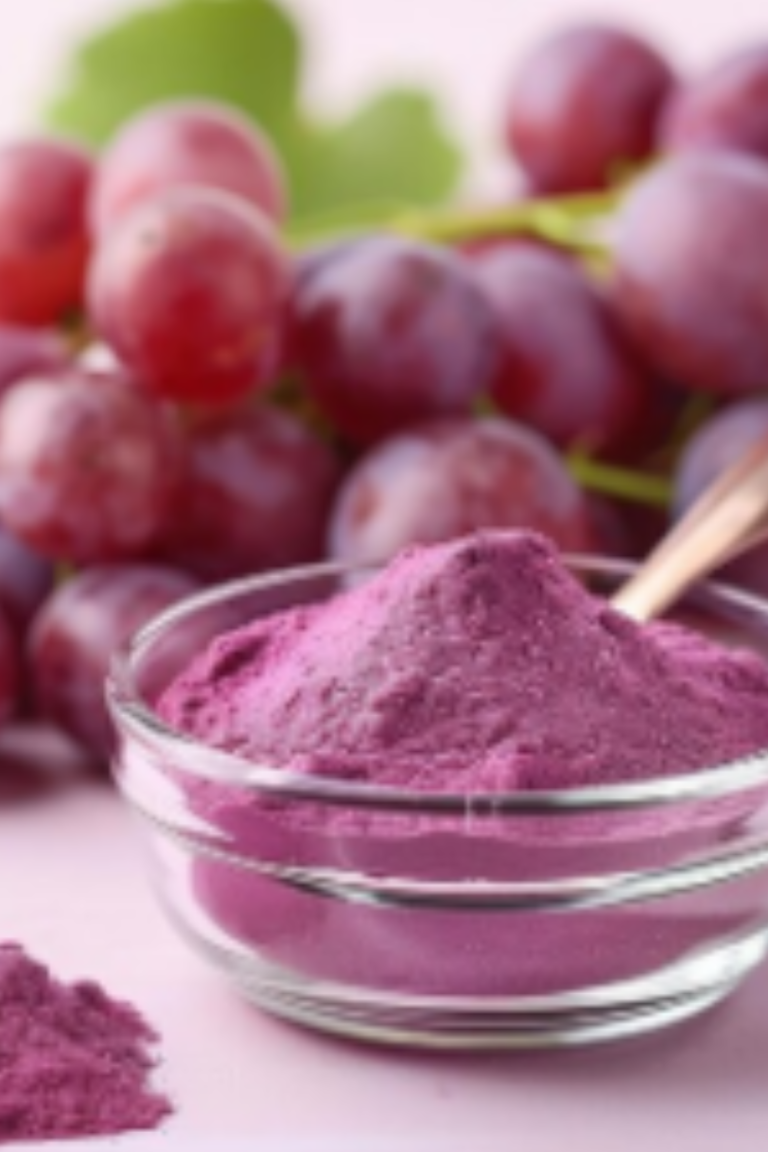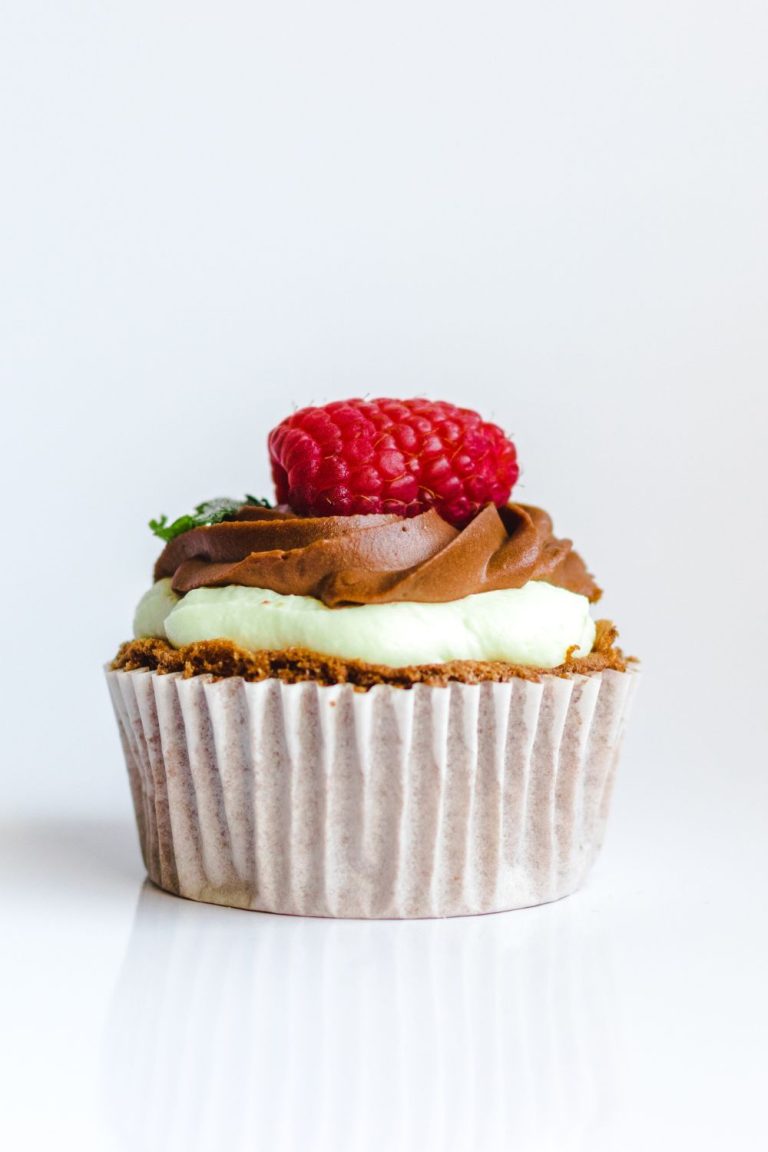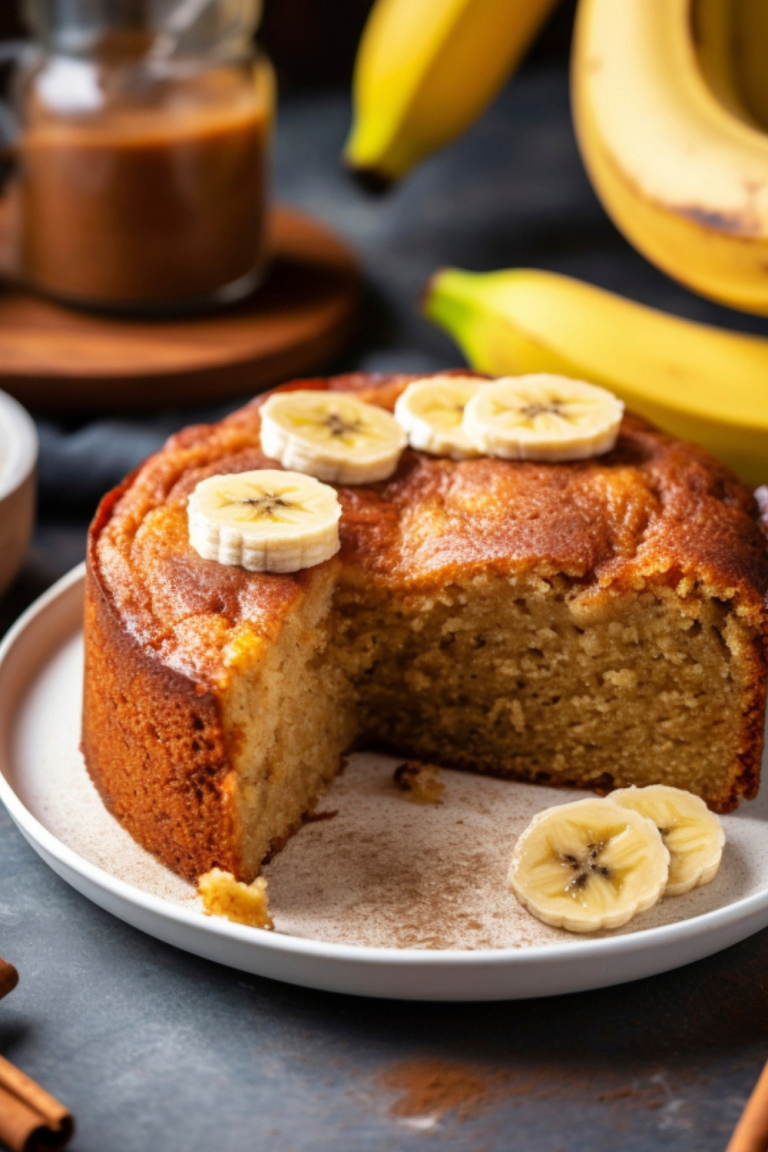BP – What Does mean in cake
Baking is a science, and one ingredient that often mystifies people is baking powder. In this topic, I’m going to talk about BP – Baking Powder, and what it means in cakes, based on my own personal experience.
What is BP- Baking Powder?
Baking powder is a leavening agent commonly used in baking to promote rising. It is a dry chemical mixture that typically contains a combination of an acid (often the cream of tartar), a base (usually baking soda), and a filler (such as cornstarch) to absorb moisture and prevent the active ingredients from reacting prematurely.= >> Go here to check out the perfect Baking powder for your needs
How Does Baking Powder Work?
The primary function of baking powder is to produce carbon dioxide gas (CO₂) through a chemical reaction. This gas gets trapped in the batter, forming bubbles that cause the batter to expand and rise.
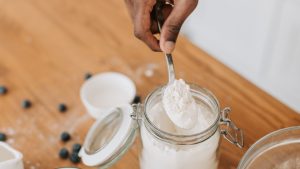
Here’s a simplified explanation of the process:
Initial Mixing: When baking powder is mixed with wet ingredients, the acid and base dissolve and react with each other, releasing CO₂.
Heat Activation: Most modern baking powders are double-acting, meaning they release some CO₂ at room temperature during mixing and more CO₂ when heated during baking. This dual action provides an initial rise during mixing and a second rise in the oven, ensuring a light and airy texture.
The Role of Baking Powder in Cakes
Baking powder’s ability to produce gas is essential for cakes to achieve the desired texture and volume.
Here’s why:
Leavening: The CO₂ bubbles created by baking powder make the batter rise, leading to a cake that is light and fluffy rather than dense and heavy.
Texture: A good rise contributes to a fine, even crumb structure, making the cake tender and smooth.
Consistency: Baking powder helps ensure the cake rises uniformly, avoiding a lopsided or uneven surface.= >> Go here to check out the perfect Baking powder for your needs
Baking Powder vs. Baking Soda
It’s important to note the distinction between baking powder and baking soda, another common leavening agent. While both serve to leaven baked goods, they are not interchangeable:
Baking Soda (Sodium Bicarbonate): It requires an acidic ingredient (like lemon juice or buttermilk) to react and produce CO₂.
Baking Powder: Already contains an acid and a base, so it only needs moisture and heat to activate.
Using baking soda instead of baking powder can result in a cake that doesn’t rise properly or has an off taste, as the chemical balance and the necessary reactions differ.
Tips for Using Baking Powder in Cakes
Measure Accurately: Too much baking powder can cause a cake to rise rapidly and then collapse, while too little can result in a dense, flat cake.
Check Freshness: Baking powder loses its potency over time. To test its effectiveness, mix a teaspoon of baking powder with hot water. If it bubbles vigorously, it’s still good to use.
Mix Thoroughly: Ensure the baking powder is evenly distributed in the batter to avoid uneven rising.= >> Go here to check out the perfect Baking powder for your needs
Conclusion
Baking powder is a vital ingredient in cake baking, ensuring that your cake rises properly and has the perfect texture. Understanding its role and how it works can help you achieve better baking results and create delicious, airy cakes that everyone will love. Next time you bake a cake, remember the unsung hero, BP, that makes it all possible.

Hi!
I’m Mike, the creator of Forum Foodies. In my own personal experience, understanding ingredients is key to great cooking.
Forum Foodies offers guides on various ingredients, from staples to exotic finds. Join our community, share your experiences, and learn from fellow food lovers.
Have questions or suggestions? Email me at info@forumfoodies.com. Let’s embark on this delicious adventure together.
Happy cooking.
Mike/

